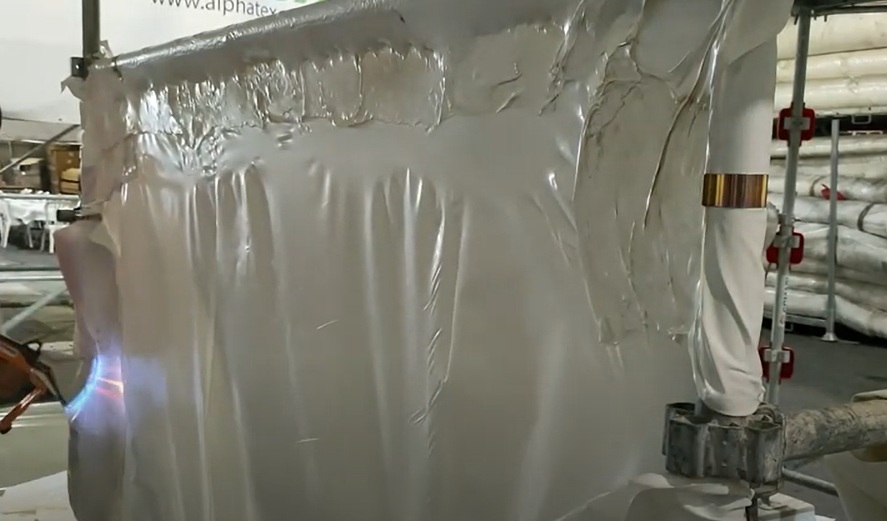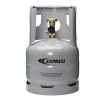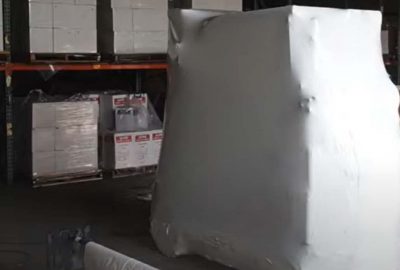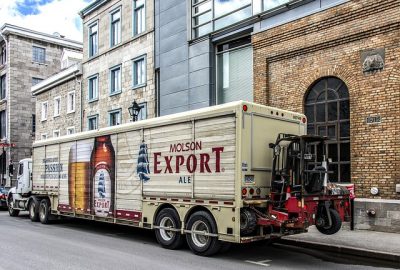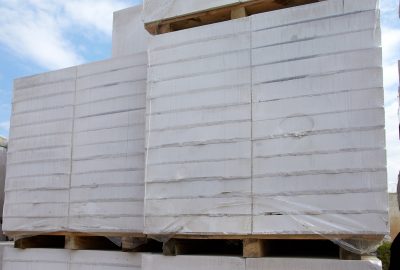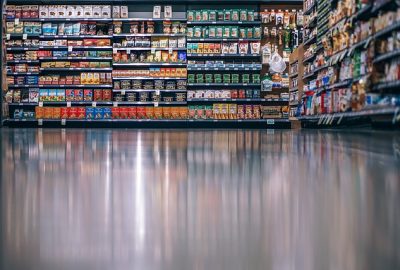Hot-air shrink film is a plastic originally made from petroleum, but technological advances have made it possible to use vegetable-based raw materials and then recycle it to minimize its impact on the environment.
Polyethylene at the origin of shrink film
Shrink wrap is made of a plastic called polyethylene (PE), which is the most widely used material in the world because it is suitable for a variety of industries, including industrial, healthcare and food.
HDPE, MDPE and LDPE
Polyethylene refers to a type of polymer plastic that comes in three versions:
- HDPE (high density polyethylene),
- PEMD (medium density polyethylene).
- LDPE (low density polyethylene),
Thanks to its high density, HDPE is the most resistant, the most crystalline and the most rigid.
What is plant-based plastic?
Ethanol from sugar cane is used to manufacture a vegetable-based (or biosourced) polyethylene, which has the same properties as conventional PE and is also used to manufacture shrink film under the influence of hot air temperature.
Once harvested after 8 months of cultivation, the sugar cane is crushed, its sugar is fermented, then distilled to generate ethanol, which is then dehydrated to transform into ethylene that will be polymerized to become a plastic 100 % vegetable.
Sugar cane and respect for the environment
The production of sugar cane is environmentally friendly: during its cultivation, it absorbsCO2 from the atmosphere, thus compensating for the carbon dioxide that will later be used for the production of polyethylene.
Sugar cane has an excellent yield and has the advantage of requiring almost no irrigation. It can be grown without the use of pesticides and its rotation is beneficial for soil regeneration.
Finally, sugarcane waste can be incinerated, which allows the production of electrical energy.
Sugar cane for the manufacture of biosourced PE
Manufacturing shrink film from biobased PE avoids the use of oil and its derivatives. One hectare of sugar cane is equivalent to the production of 3 tons of vegetable plastic. The manufacture of vegetable PE requires 75 % lessCO2 emissions compared to PE from the oil industry. This equates to a reduction of 7.5 tons of C02 per hectare of sugar cane.
The global saving inCO2 production is estimated at 800,000 tons for the production of 200,000 tons of vegetable plastic.
Finally, the vegetable plastic is 100 % recyclable. It is first transformed into granules, before being transformed back into plastic film.
The difference between stretch film and shrink film in terms of the environment
The elasticity of polyethylene makes it possible to manufacture stretch film and shrink film, which are used to package pallets for transport and storage. In the first case, you must make several turns to hold the pallet elements in place, add a polyethylene sheet on the top and then secure the goods with a strap.
Shrink wrapping requires the application of hot air temperature with a hot air gun. The film shrinks and hardens, forming a protective cocoon that holds the goods together and protects them from bumps and scratches.
For the same pallet, it will be necessary to use a quantity of stretch film largely higher than that of shrink film, which leans in favor of the second one as regards ecology.

